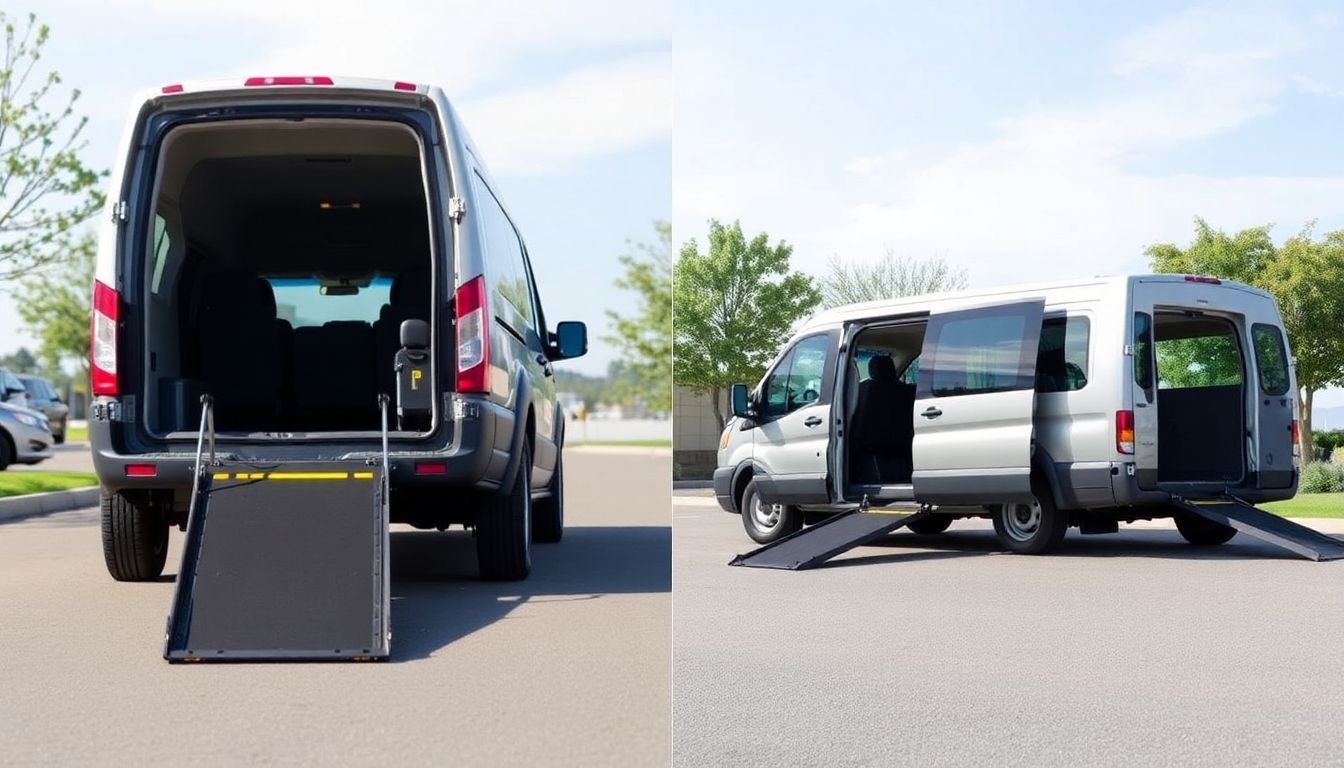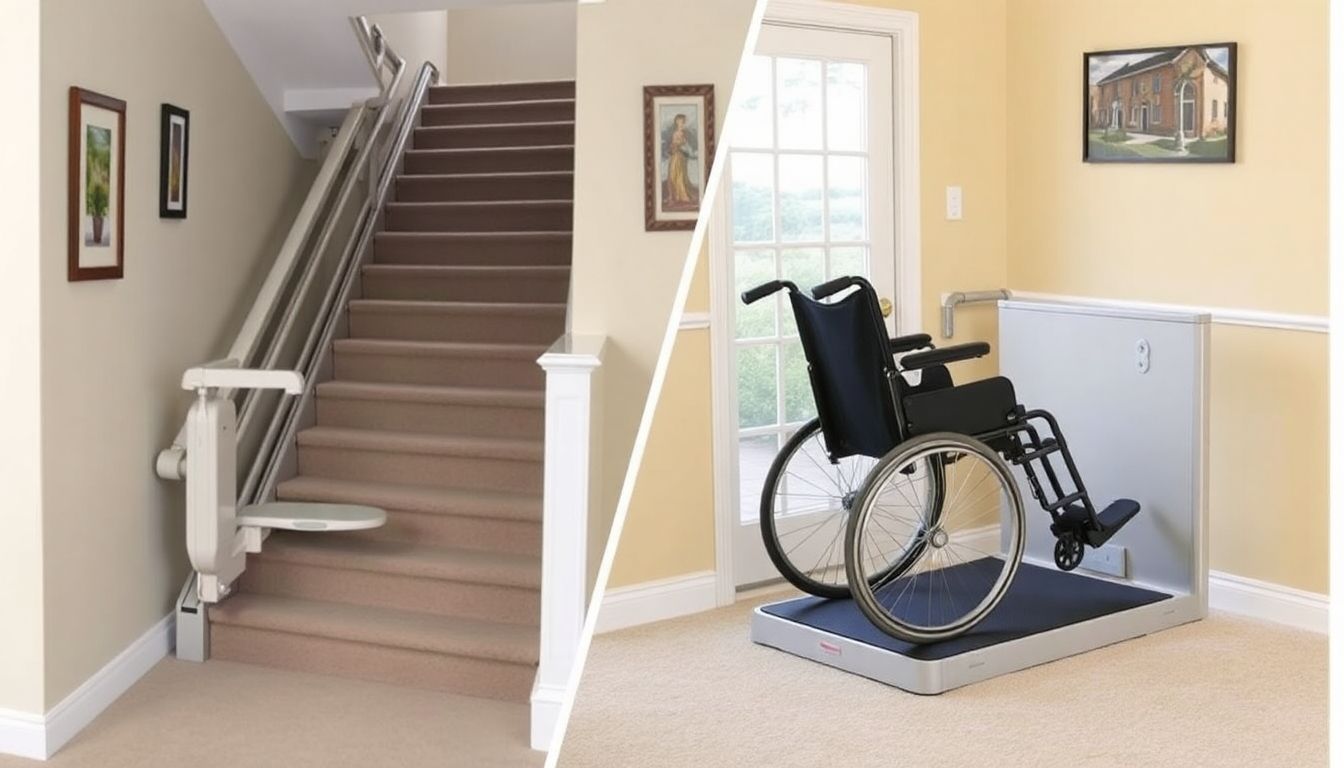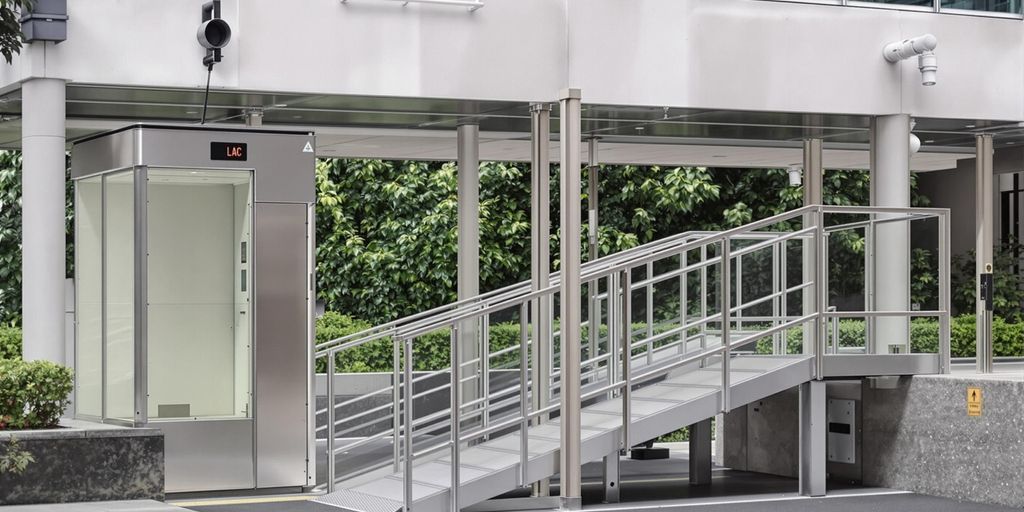Understanding the Maintenance Demands of Walk-In Tubs in Chattanooga
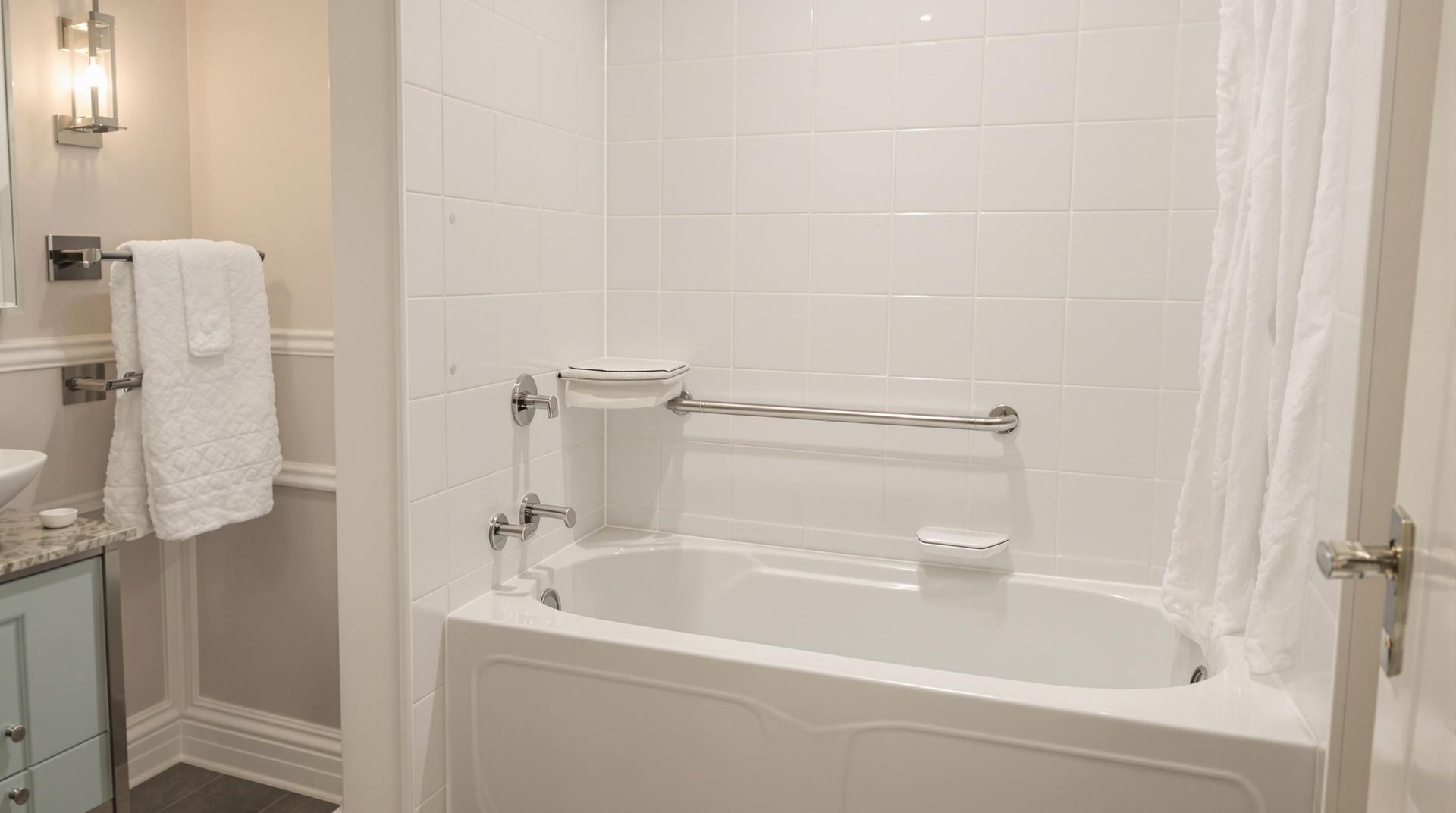
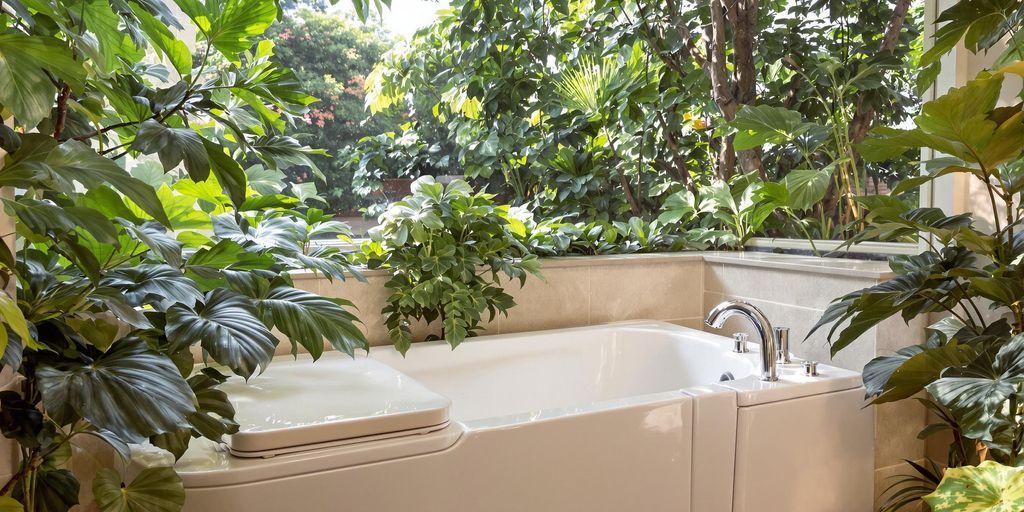
Walk-in tubs are a game-changer for anyone looking to make bathing safer and more comfortable, especially in Chattanooga. But owning one comes with its own set of responsibilities. To keep your walk-in tub functioning well and looking great, regular maintenance is key. From cleaning to addressing wear and tear, there’s a lot to think about. This article will cover everything you need to know about keeping your walk-in tub in top shape.
Key Takeaways
- Regular cleaning helps extend the life of your walk-in tub and keeps it hygienic.
- Inspect seals frequently to prevent leaks and maintain water-tightness.
- Mold and mildew can be avoided with proper ventilation and cleaning practices.
- Professional maintenance services in Chattanooga can save time and ensure quality repairs.
- DIY maintenance is possible but requires the right tools and safety precautions.
Key Maintenance Tips for Walk-In Tubs in Chattanooga
Regular Cleaning Practices for Longevity
Keeping your walk-in tub clean is one of the most important things you can do to ensure it lasts. A well-maintained tub not only looks better but also performs better over time. Here’s a quick routine to follow:
- Wipe down the tub after each use with a soft, damp cloth to prevent soap scum and residue buildup.
- Use a mild, non-abrasive cleaner once a week to tackle stains or grime. Avoid harsh chemicals that can damage surfaces.
- Don’t forget to clean the drain and faucet areas, as these can collect mold or mineral deposits over time.
A clean tub not only enhances your bathing experience but also prevents long-term damage to its materials.
Inspecting and Replacing Seals
The seals around your walk-in tub door are critical for preventing leaks. Over time, these seals can wear out or lose their effectiveness. Here’s what to do:
- Check the seals monthly for any cracks, tears, or signs of wear.
- Run your fingers along the edges to ensure they’re still pliable and not brittle.
- Replace worn-out seals promptly to avoid water leakage issues. Replacement kits are usually easy to find and install.
Regular inspections can save you from costly water damage and keep your tub functioning like new.
Preventing Mold and Mildew Growth
Mold and mildew thrive in moist environments, making your walk-in tub a potential hotspot if not cared for properly. Here’s how to keep them at bay:
- After each use, leave the door open to allow the tub to air dry completely.
- Use a fan or dehumidifier in your bathroom to reduce overall moisture levels.
- Clean the tub with a solution of vinegar and water every few weeks to kill any mold spores that may be forming.
Proper ventilation and regular cleaning are your best defenses against mold and mildew, ensuring your walk-in tub stays fresh and safe to use.
Understanding the Unique Features of Walk-In Tubs
Low-Threshold Entry and Its Maintenance
One of the standout features of walk-in tubs is the low-threshold entry, which makes stepping in and out safer and easier for people with mobility issues. This design reduces the risk of slips and falls, but it does come with its own maintenance needs. Regularly check the door seal for any wear and tear—this is what keeps the water inside the tub. A compromised seal can lead to leaks, so replacing it promptly is essential. Also, keep the threshold area clean and free from debris to ensure the door can close tightly every time.
Hydrotherapy Jets: Care and Upkeep
Hydrotherapy jets are a luxury feature that can transform a bath into a spa-like experience. These jets need consistent care to prevent clogs and maintain their performance. After each use, run clean water through the jets to flush out any residue or soap buildup. Once a month, you can use a cleaning solution specifically designed for jet systems—just follow the manufacturer’s guidelines. Don’t forget to inspect the jets for mineral deposits if you live in an area with hard water. A little maintenance goes a long way in keeping them running smoothly.
Non-Slip Surfaces: Cleaning and Maintenance
The non-slip flooring in walk-in tubs is a critical safety feature, especially when the tub is wet. However, these surfaces can accumulate grime over time, reducing their effectiveness. Use a gentle, non-abrasive cleaner to scrub the surface weekly. Avoid harsh chemicals as they can degrade the material. If the non-slip texture starts to wear down, consider applying a specialized anti-slip coating to restore its grip. Safety should always come first, and maintaining this feature ensures peace of mind.
Walk-in tubs combine safety and comfort, but understanding their unique features helps you take better care of them. A little effort in maintenance can keep these tubs functional and enjoyable for years to come.
Common Maintenance Challenges for Walk-In Tubs
Addressing Water Leakage Issues
Water leakage is one of the most frustrating issues with walk-in tubs. A leaky tub door can quickly turn a relaxing bath into a stressful cleanup. Over time, the seals around the door can wear out, leading to small drips or even significant puddles. Regularly inspect the seals for cracks or stiffness. If you notice any issues, replacing them is usually straightforward and can prevent bigger problems down the road. Also, ensure the door is fully latched before filling the tub to avoid unnecessary leaks.
Dealing with Hard Water Stains
If you live in an area with hard water, like many parts of Chattanooga, you’ve probably encountered unsightly stains or buildup on your tub’s surface. These deposits not only look bad but can also damage the tub over time. Here’s how to tackle them:
- Use a vinegar and water solution to gently scrub away buildup.
- Avoid abrasive cleaners that could scratch the surface.
- Install a water softener to reduce future issues.
Hard water stains are more than cosmetic—they can lead to clogs in the jets or drains if left unchecked.
Troubleshooting Drainage Problems
A slow-draining walk-in tub isn’t just inconvenient; it can also be a sign of a bigger problem. Hair, soap scum, and other debris often accumulate in the drain, causing blockages. To keep your drain clear:
- Use a drain cover to catch hair and larger debris.
- Regularly flush the drain with hot water and a mild cleaning solution.
- If the problem persists, a plumber’s snake can help remove stubborn clogs.
Regular maintenance can save you from expensive repairs and keep your walk-in tub functioning smoothly. Don’t ignore small issues—they tend to grow into larger headaches over time.
Professional Services for Walk-In Tub Maintenance in Chattanooga
Finding Reliable Maintenance Providers
When it comes to walk-in tubs, finding a trustworthy maintenance provider in Chattanooga can make all the difference. Look for companies with solid customer reviews and a proven track record in walk-in tub care. Experience is key, so prioritize providers that specialize in accessibility products. Ask questions like:
- Do they offer emergency repair services?
- Are their technicians certified?
- What warranties or guarantees do they provide?
Word-of-mouth recommendations from friends or neighbors can also help you zero in on dependable professionals.
Cost of Professional Maintenance Services
The cost of maintaining a walk-in tub can vary depending on the type of service you need. Routine inspections and cleaning might cost less than major repairs like fixing a leaking seal or replacing a pump. Here’s a quick breakdown of what you might expect:
- Routine Cleaning and Inspection: $50–$150
- Seal Replacement: $100–$300
- Jet System Repairs: $200–$500
Always get a detailed estimate before agreeing to any services. Some companies offer package deals for regular maintenance, which can save you money in the long run.
When to Call a Specialist
Sometimes, DIY fixes just won’t cut it. If you notice persistent issues like water pooling around the tub, unusual noises from the jets, or difficulty sealing the door, it’s time to bring in a specialist. Ignoring these problems can lead to more costly repairs down the line. Think of it this way: a small investment in professional help now can save you from a major headache later.
Hiring a professional for walk-in tub maintenance ensures your tub stays functional and safe, giving you peace of mind and extending its lifespan.
DIY Maintenance for Walk-In Tubs
Essential Tools for Walk-In Tub Care
If you’re planning to handle your walk-in tub maintenance yourself, having the right tools can make all the difference. Here’s a quick checklist to get you started:
- Non-abrasive sponges: These are perfect for cleaning without scratching your tub’s surface.
- Mild cleaning solutions: Choose tub-safe products to avoid damaging seals or finishes.
- A small flashlight: Handy for inspecting seals and hard-to-see areas.
- Basic plumbing tools: A wrench, pliers, and a screwdriver can help with minor fixes like tightening connections or replacing small parts.
Having these tools on hand ensures you’re ready to tackle most maintenance tasks without scrambling for supplies.
Step-by-Step Guide to Basic Repairs
Walk-in tubs are built to last, but occasional repairs are inevitable. Here’s how to handle some common issues:
- Fixing a leaky door seal:
- Unclogging the drain:
- Addressing low water pressure in jets:
Safety Tips for DIY Maintenance
When working on your walk-in tub, safety should always come first. Here are a few tips to keep in mind:
- Turn off water and electricity: Before starting any repairs, ensure the water supply is shut off and, if applicable, electrical components are disconnected.
- Wear rubber gloves: Protect your hands when handling cleaning solutions or plumbing parts.
- Avoid over-tightening connections: This can damage fittings and lead to leaks.
Regular DIY maintenance not only keeps your walk-in tub in great shape but also helps you catch small issues before they turn into costly repairs. Just remember to prioritize safety and know when to call a professional if things get too complicated.
Enhancing the Lifespan of Your Walk-In Tub
Importance of Regular Inspections
Regular inspections are like the oil changes for your walk-in tub—they keep things running smoothly. Checking your tub every few months can help you catch small problems before they turn into big, expensive headaches. Here's what to look out for:
- Seals and Gaskets: Inspect for cracks or wear. These keep water from leaking out.
- Jets and Nozzles: Make sure they're not clogged with debris or mineral buildup.
- Doors and Hinges: Check that the door closes tightly and the hinges move freely.
A quick monthly glance can save you from costly repairs down the road.
Upgrading Components for Better Performance
Sometimes, a small upgrade can make a world of difference. If your tub is a few years old, it might be time to consider replacing some parts. Here are some ideas:
- Replace Old Seals: Modern seals are often more durable and water-resistant.
- Upgrade the Shower Head: A hand-held shower head with multiple settings can improve your bathing experience.
- Consider New Jets: Advanced jets can offer better hydrotherapy and are often easier to clean.
These changes not only improve performance but can also add years to your tub's life.
Tips for Proper Usage to Avoid Damage
How you use your tub matters just as much as how you maintain it. Follow these simple tips to keep it in top condition:
- Avoid Harsh Cleaners: Stick to mild, non-abrasive cleaning products to protect the finish.
- Don’t Overfill: Overfilling can strain the seals and lead to leaks.
- Use the Tub Gently: Avoid slamming the door or putting too much weight on the grab bars.
Treat your walk-in tub with care, and it will treat you to years of safe, relaxing baths.
Environmental Considerations in Walk-In Tub Maintenance
Eco-Friendly Cleaning Solutions
Switching to eco-friendly cleaning products can make a big difference in reducing your environmental impact. Many conventional cleaners contain harsh chemicals that can harm aquatic ecosystems when they go down the drain. Instead, consider these alternatives:
- Vinegar and Baking Soda: A simple yet effective mix for removing grime and soap scum.
- Plant-Based Cleaners: Look for biodegradable options that are free from synthetic fragrances.
- Microfiber Cloths: These reduce the need for excessive cleaning agents altogether.
Using natural cleaning solutions not only helps the environment but also creates a safer space for you and your family.
Water Conservation Tips
Walk-in tubs can use a significant amount of water, but there are ways to minimize waste without sacrificing comfort. Here’s how:
- Limit Water Levels: Fill the tub just enough to cover your body instead of overfilling.
- Install a Low-Flow Faucet: This reduces water usage without affecting the tub’s functionality.
- Reuse Rinse Water: If possible, use leftover bathwater for non-potable purposes like cleaning floors or watering plants.
Being mindful of water consumption is a small step that can lead to significant savings and environmental benefits.
Sustainable Practices for Long-Term Use
To make your walk-in tub more sustainable in the long run, focus on maintenance practices that extend its lifespan and reduce waste:
- Regularly inspect seals and fixtures to prevent leaks, which can waste water.
- Choose durable materials for repairs to avoid frequent replacements.
- Dispose of old parts responsibly by recycling or donating them when upgrading components.
Adopting sustainable habits ensures your walk-in tub remains efficient and eco-friendly for years to come.
When it comes to keeping your walk-in tub in good shape, it's important to think about the environment. Regular cleaning and maintenance not only help your tub last longer but also protect the planet. Using eco-friendly products can make a big difference. If you want to learn more about how to care for your walk-in tub while being kind to the Earth, visit our website today!
Conclusion
Walk-in tubs can be a fantastic addition to your Chattanooga home, but they do come with their own set of responsibilities. Regular cleaning, occasional maintenance, and understanding the features of your specific model are all part of the package. While it might seem like a lot at first, these steps ensure your tub stays in great shape and continues to provide the comfort and safety you’re looking for. If you’re considering one, take the time to weigh the benefits against the upkeep. In the end, a little effort goes a long way in making your home more accessible and enjoyable.
Frequently Asked Questions
What is a walk-in tub, and how does it work?
A walk-in tub is a bathtub with a low-entry threshold and a door that allows easy access. Once inside, you can close the door, fill the tub, and enjoy a safe, relaxing bath.
How often should I clean my walk-in tub?
You should clean your walk-in tub after each use to prevent soap scum and mold buildup. A deeper cleaning should be done weekly or bi-weekly, depending on usage.
Can I install a walk-in tub myself?
Installing a walk-in tub is a complex process that usually requires professional help to ensure proper plumbing, sealing, and safety features are correctly installed.
What are the benefits of hydrotherapy jets in walk-in tubs?
Hydrotherapy jets can help relieve muscle pain, improve circulation, and provide a relaxing spa-like experience at home.
How can I prevent mold and mildew in my walk-in tub?
To prevent mold and mildew, wipe down the tub after each use, ensure proper ventilation in the bathroom, and use mold-resistant cleaning products.
Are there maintenance services available for walk-in tubs in Chattanooga?
Yes, many local professionals in Chattanooga offer maintenance services for walk-in tubs, including cleaning, seal replacement, and repairs.






